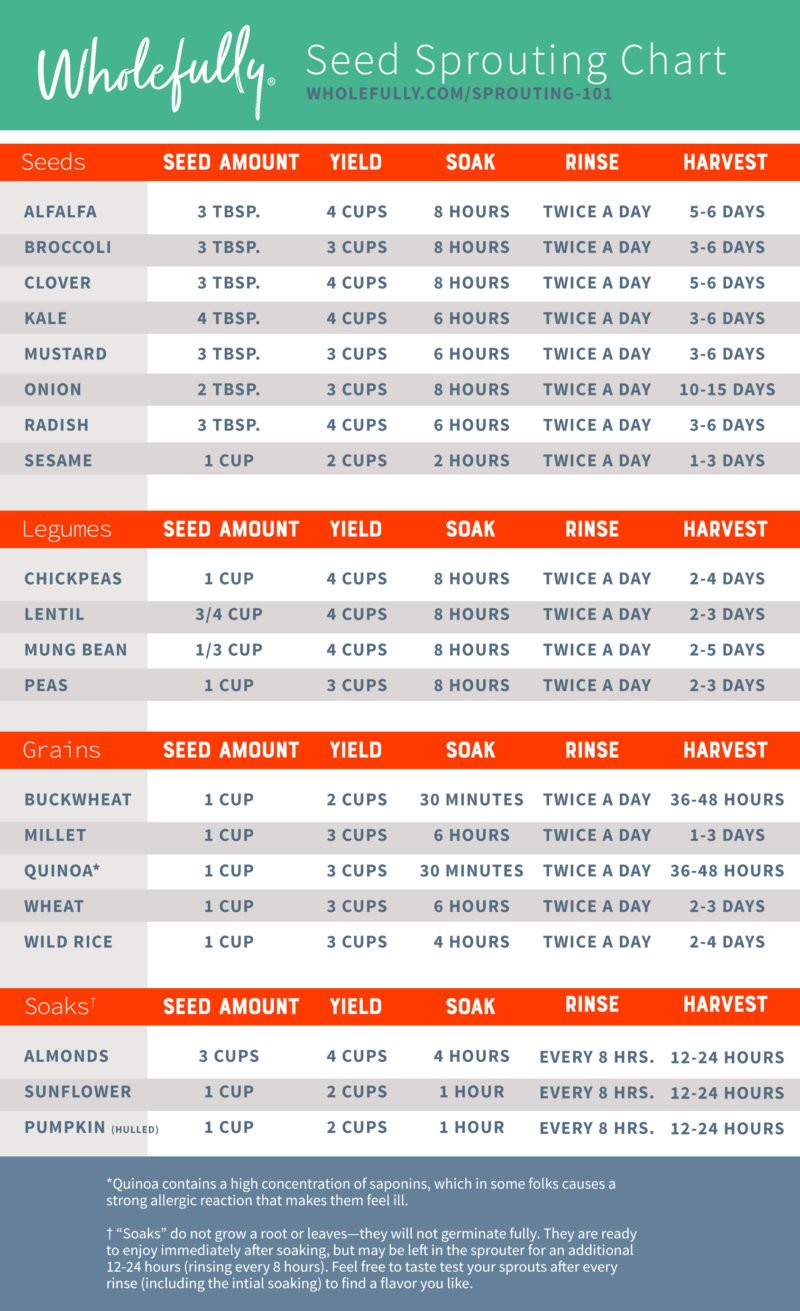
 1
1








 4
4




It's never too late to start! I retired to homestead on the slopes of Mauna Loa, an active volcano. I relate snippets of my endeavor on my blog : www.kaufarmer.blogspot.com
 2
2





"Where will you drive your own picket stake? Where will you choose to make your stand? Give me a threshold, a specific point at which you will finally stop running, at which you will finally fight back." (Derrick Jensen)






 6
6




It's never too late to start! I retired to homestead on the slopes of Mauna Loa, an active volcano. I relate snippets of my endeavor on my blog : www.kaufarmer.blogspot.com

 3
3




Hank Fletcher wrote:I'm still a bit lost on this issue. What as a sprout/microgreen is edible...raw? Can you eat pretty much anything raw as long as it isn't a full plant?...at least I don't think I have ever heard of anyone eating carrot tops around harvest time, but posts I have seen on here are suggesting growing and eating carrot/beet sprouts.
Works at a residential alternative high school in the Himalayas SECMOL.org . "Back home" is Cape Cod, E Coast USA.
 2
2












Examine your lifestyle, multiply it by 7.7 billion other ego-monkeys with similar desires and query whether that global impact is conscionable.




 4
4









Life's too short, eat desert first! [Source of quote unknown]
You have to be warped to weave [ditto!]

| I agree. Here's the link: http://stoves2.com |




